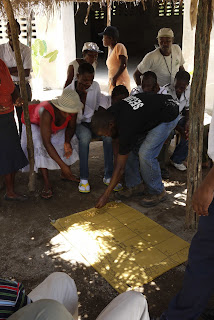Two and a half months later, I finally get around to talking about my Mediterranean vacation. Italy, Croatia, Greece and Turkey. It was very nice. Mostly on the boat (cruise ship), and some stops to see pretty, and pretty interesting sites. My new thing is to try and take a photo with the flag of every new country I go to so here I've got Turkey and Greece. In total I added three new countries to my list. I have to now figure out a way to up those numbers somehow. If you're looking for a travel partner, let me know. Don't ask me to go to Haiti or the DR though. Going to a country 20 times does not add to my new country count.
I've also included a photo of the ship I was on. That in itself was fascinating to me. I mean they create an instant town, which runs flawlessly. Very impressive. It helps I guess that there were 750 crew on board (for 2000 guests).















































 started to pour about 15 minutes later.
started to pour about 15 minutes later.


